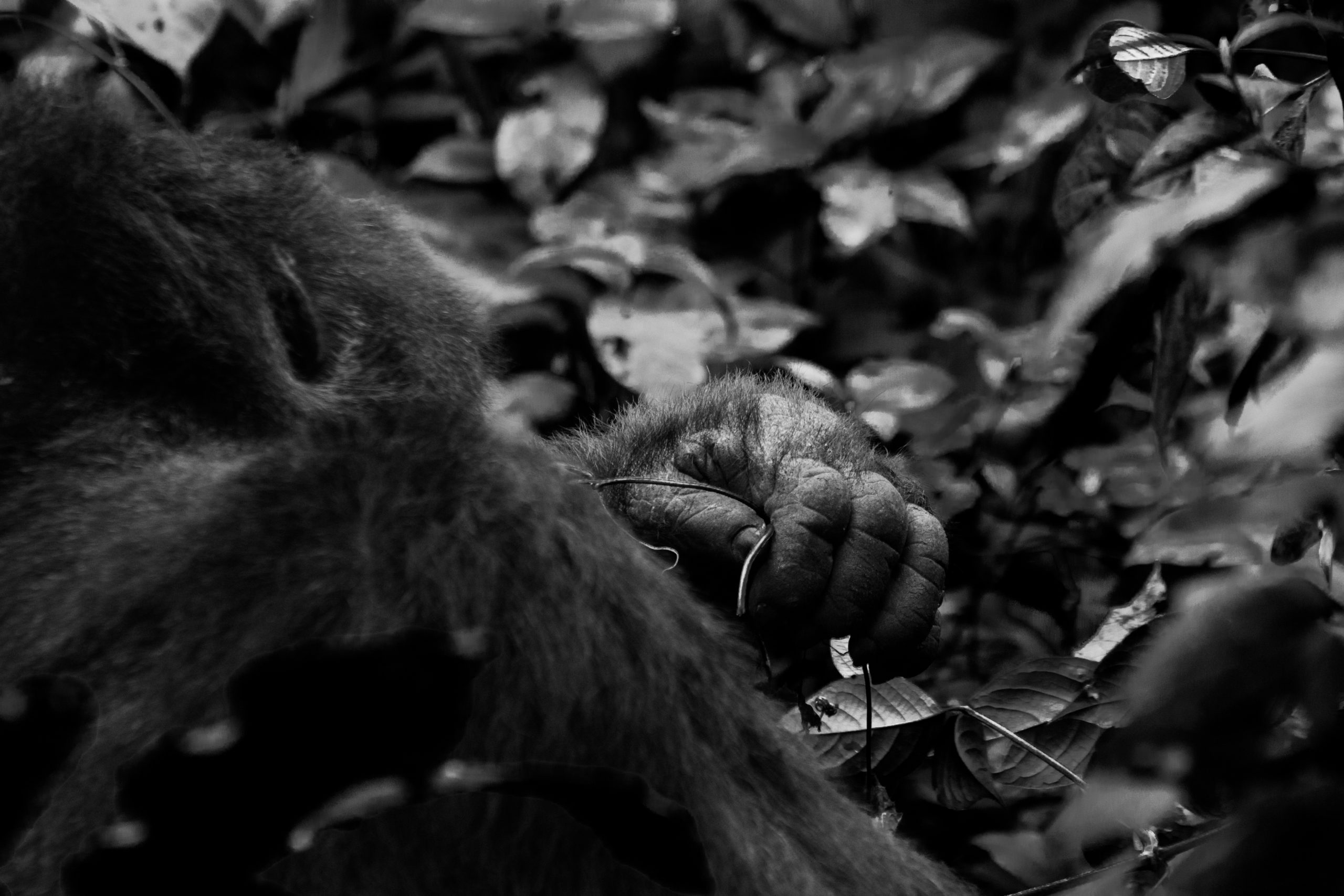Gorilla Tracking Packing List as an activity is not for wearing so smart, however, the activity needs comfortable clothing to enable you to hike comfortably. It is an experience where you hike from muddy, steep terrain, sometimes you have to hold on to the ground for support. It is also important while planning for a gorilla safari to consider dark colors of the clothing’s alternatively those you don’t mind losing if they got stained. Below is a list of the most essentials to pack for a gorilla safari.
What should I carry for a Gorilla Tour?
- Carry comfortable sturdy hiking shoes and a pair of stockings suitable for steep muddy slopes because the trekking area is a dense forest and it usually rains here
- Ear Plugs are advisable to carry if unplanned jungle sounds are not your taste
- Gorilla trekking in the forest may take over 6 hours; it’s good to carry a packed lunch and enough drinking water
- Rain gear is a must-have; to remind you – Bwindi forest is an equatorial forest with frequent rains or drizzles throughout the day
- Sunscreen lotion, a hat, and insect repellent are good to carry
- Get a photo film Camera. Gorillas are scared by camera flashlights and may charge if you flash at them, photo films of 400-800 ASA are suitable
- Long pair of trousers and long-sleeved sweater tops or shirts.
- Face mask and personal hand sanitizer
- Gardening gloves
General Safari Information
Getting to Uganda
Your landing point shall be Entebbe International Airport, about 40Km in the south of Kampala the capital city. Entebbe is served by a number of international airliners, like South African Airways, Kenya Airways, SN Brussels, British Airways, Turkish Airways, Emirates, Air Tanzania, Rwandair Express, Egypt Air, and Ethiopian Airlines. Uganda can also be accessed overland from Kenya, Rwanda, and Tanzania.
On Arrival
A visa to Uganda is processed upon arrival at your entry point and this normally takes a short time to get done. In Entebbe, there are well-serviced shops, restaurants, and hotels to cater for any immediate need you may have. Most tour operators will ably a transfer to your Hotel upon arrival. Uganda’s time zone is GMT+3.
Health
A certificate of yellow fever vaccination and a covid 19 certificate is required. Travelers must have tested negative 72 hours to arrival. All visitors should take Malaria prophylactic drugs. It is also advisable to drink bottled rather than tap water.
Currency
The Uganda shilling is the local currency; usually USD $1 = approx. (UGX 3000 to UGX 3800) depending on market forces. The US dollar is the most preferred currency for foreign visitors, however, other major currencies like the Euro and Pound Sterling are also widely accepted. Hard currency cash can be changed for local currency at banks and private bureaus de change in all large towns, but traveler’s cheques are not widely accepted outside Kampala. Local currency can be drawn against Visa and other major credit cards at selected ATMs in Kampala, at Entebbe International Airport, and in a few other large towns.
Language
Literate Ugandans are fluent in English the major official language. There are 30+ indigenous languages spoken in Uganda depending on one’s ascent, however Luganda is the most popular local language spoken in the City and among other major towns in Uganda.
When to Visit
Uganda can be visited at any time throughout the year, though mountain hikes, gorilla tracking, and other forest walks are more challenging during the rains which generally peak over mid-September to November and March to May.
What to Wear
Temperatures in Uganda are generally warm – hot, this requires bringing lighter clothes – preferably cotton fabrics to keep cool during the day. The evenings are cooler, especially at high altitudes, so carry a couple of light sweaters too. Those who intend to hike on the mountains will be exposed to alpine temperatures and should pack accordingly. Solid walking shoes and sturdy clothing are ideal for forest walks. Don’t forget to bring a hat, sunglasses and a waterproof jacket.
Food & drinks
Tourist-oriented hotels and restaurants serve good western-style meals, while a wider range of cuisines being available in the capital and some larger towns. Local restaurants serve Ugandan dishes, typically ugali (a stiff maize porridge) or matooke (cooked banana) eaten with stew.
What to Buy
A wide selection of local handicrafts is available as souvenirs. These include musical instruments, such as the hide drums made in the vicinity of Mpigi, as well as excellent local basketwork, paintings, batiks, and pottery.
What to bring
A valid passport is mandatory, and visa requirements should be checked before you travel. To make the most of the game reserves and national parks, carry binoculars and field guides. Photographers will need a zoom lens for wildlife (70 – 300 or similar). Print film and development are available in Kampala. Toiletries and other essentials can be bought in any major town.
Driving
In Uganda, the left is the correct driving side. Visitors without experience of African roads are advised to organize a vehicle with a driver rather than self-drive. gorilla Tracking Packing List, And if so wish to have a self-drive, one must have a valid and licensed driving permit from the country of stay.
About Tipping
Tipping is not standard practice at local hotels and restaurants, but it will always be appreciated. It is normal to tip 5 – 10% at tourist-oriented restaurants. Guides and drivers should always be tipped.
Further Information
Guide books from Brandt, Spectrum, gorilla Tracking Packing List, and lonely planet and a wide range of other books about Uganda, can be bought at bookstores in Kampala.

